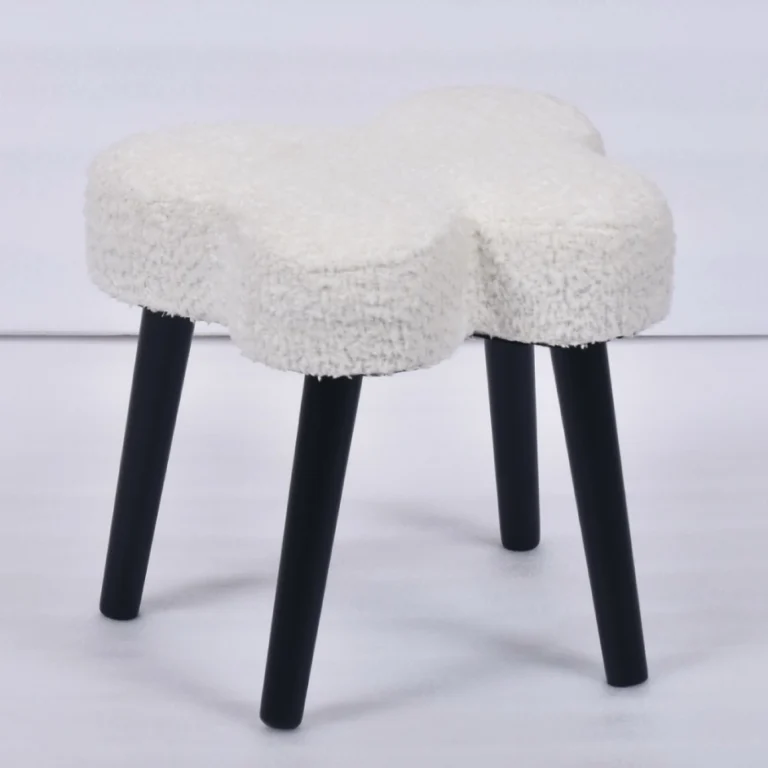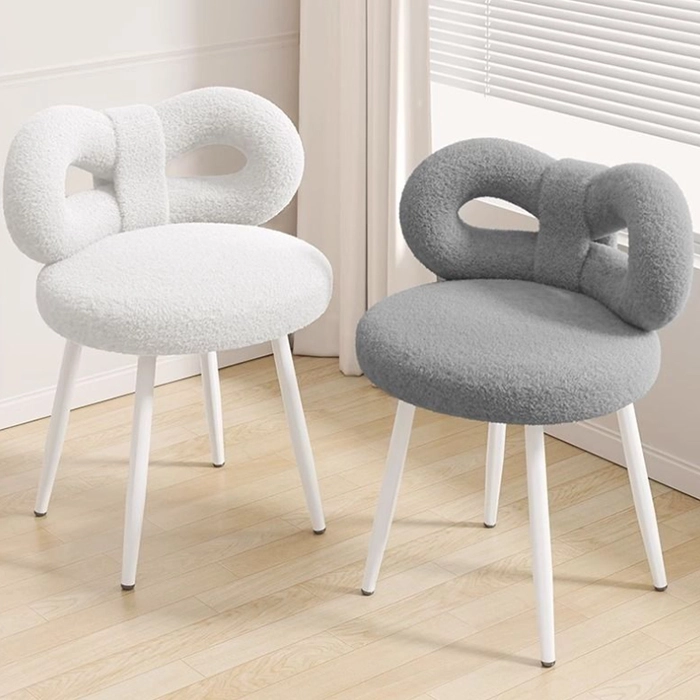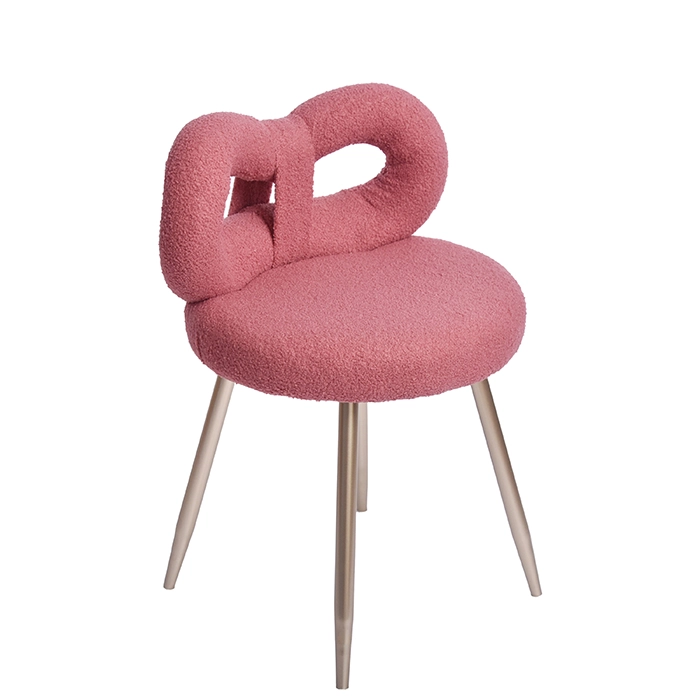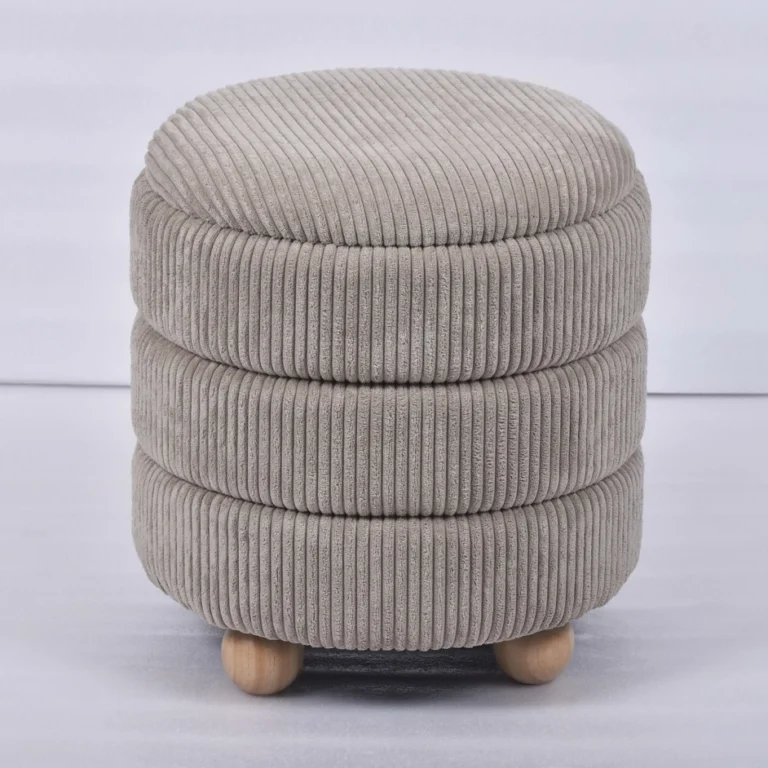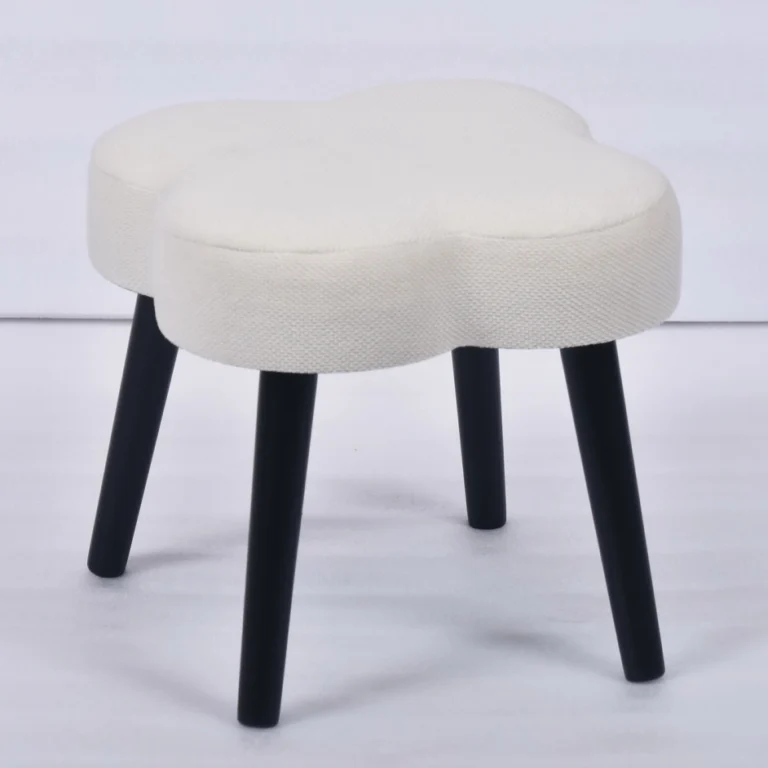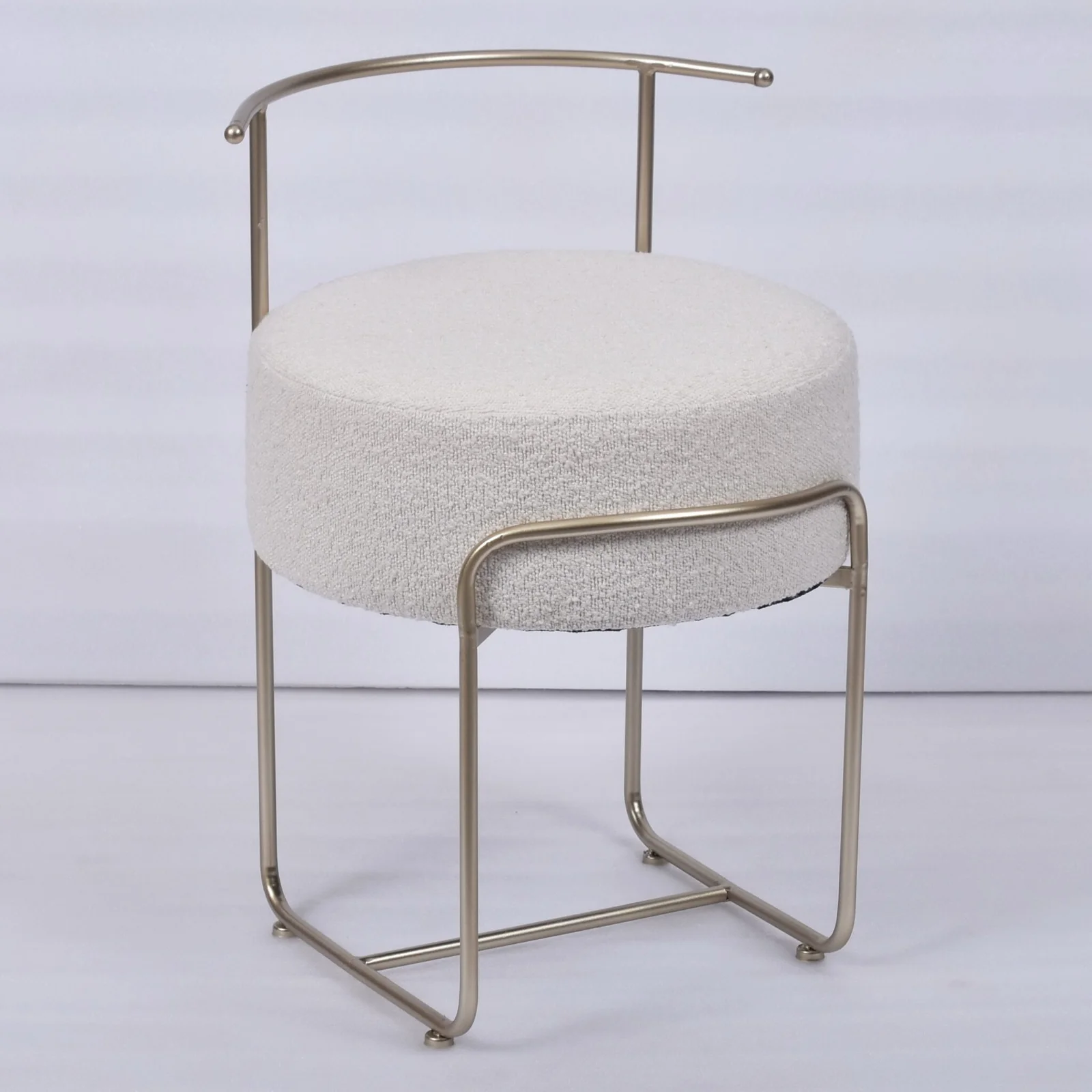Ottoman Furniture History and Features Explained
Ottoman furniture refers to pieces originating from the Ottoman Empire (1299–1923), which blended influences from Turkish, Persian, Byzantine, and Islamic design traditions. Over time, the term “ottoman” in Western furniture evolved to describe a specific piece—a low, upholstered seat or footstool—though traditional Ottoman-style furniture encompasses much more.
Key Features of Ottoman Furniture:
-
Low Seating & Divans
-
Traditional Ottoman seating was low to the ground, often consisting of divans (long, cushioned benches) placed against walls.
-
Floor cushions and mattress-like seating (like a minder) were common.
-
-
Ornate Woodwork
-
Carved walnut, rosewood, or ebony with intricate geometric or floral patterns.
-
Mother-of-pearl or ivory inlays (a technique known as sedefkâri).
-
-
Rich Upholstery & Textiles
-
Luxurious fabrics like silk, velvet, and brocade in deep reds, blues, and golds.
-
Ottoman-style tassels, fringes, and embroidery were common.
-
-
Versatile Ottomans (Footstools & Storage)
-
Modern ottomans are padded, upholstered pieces used as footrests, extra seating, or storage (hollow inside).
-
Some have tray tops for dual functionality.
-
-
Decorative Tables (Nargile & Coffee Tables)
-
Low coffee tables (like Turkish sinis) with intricate metal or woodwork.
-
Nargile (hookah) tables with a central opening for the pipe.
-
Modern Adaptations:
-
Tufted Ottomans – Button-tufted designs in leather or fabric.
-
Storage Ottomans – Used in living rooms or bedrooms.
-
Bohemian & Moroccan-inspired – Retaining Ottoman motifs with vibrant colors and patterns.
Where to Use Ottoman Furniture:
-
Living Room: As a footrest, extra seating, or coffee table.
-
Bedroom: At the foot of the bed for a luxurious touch.
-
Entryway: As a bench for putting on shoes.
Would you like recommendations on styling or buying authentic-style Ottoman furniture?
